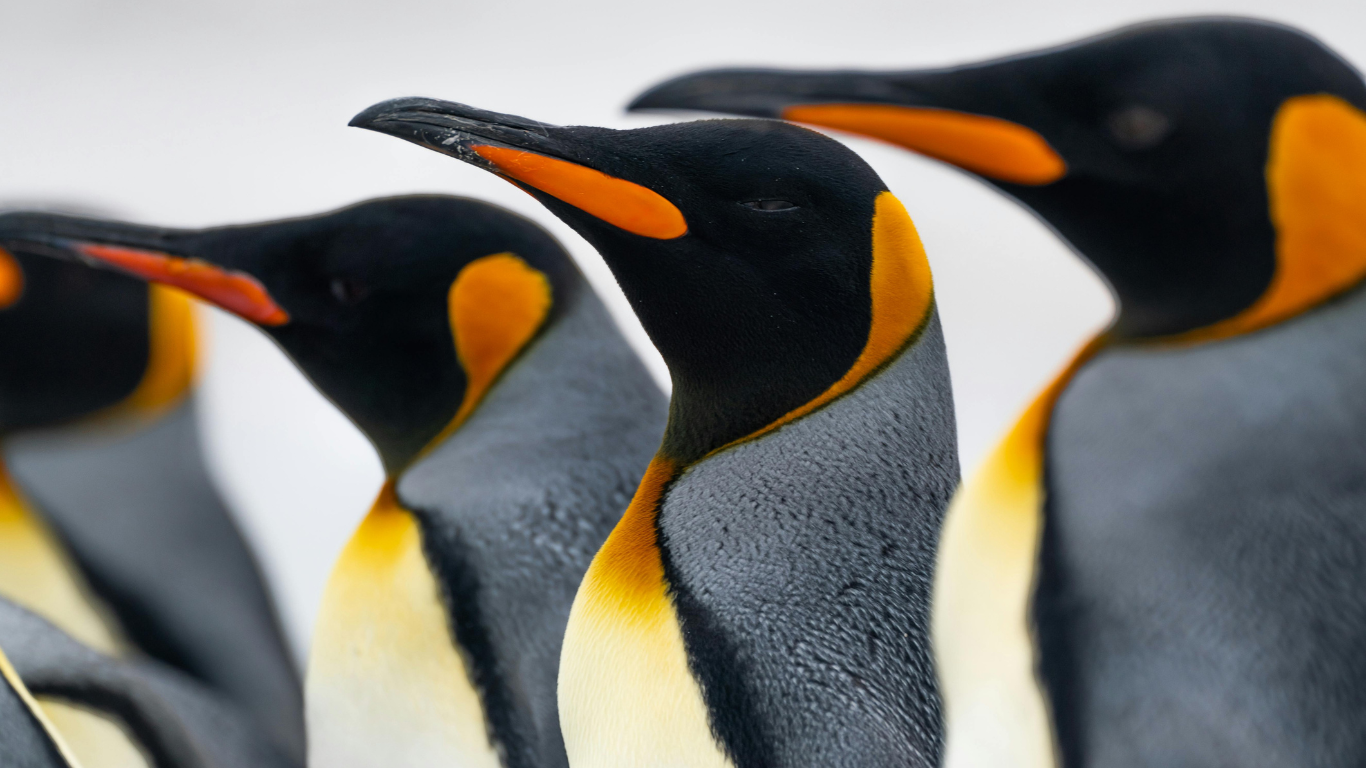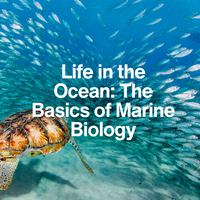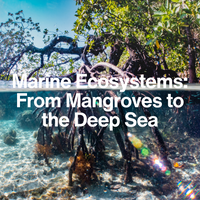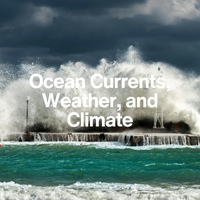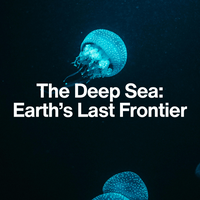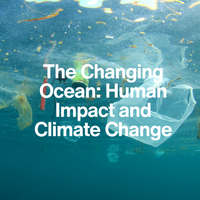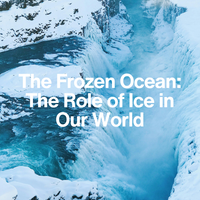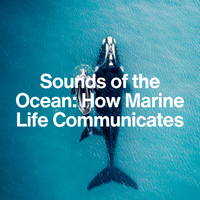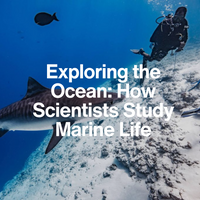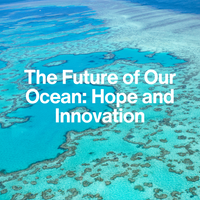LESSON 2
Why Is the Arctic Melting, and What Does That Mean for Us?
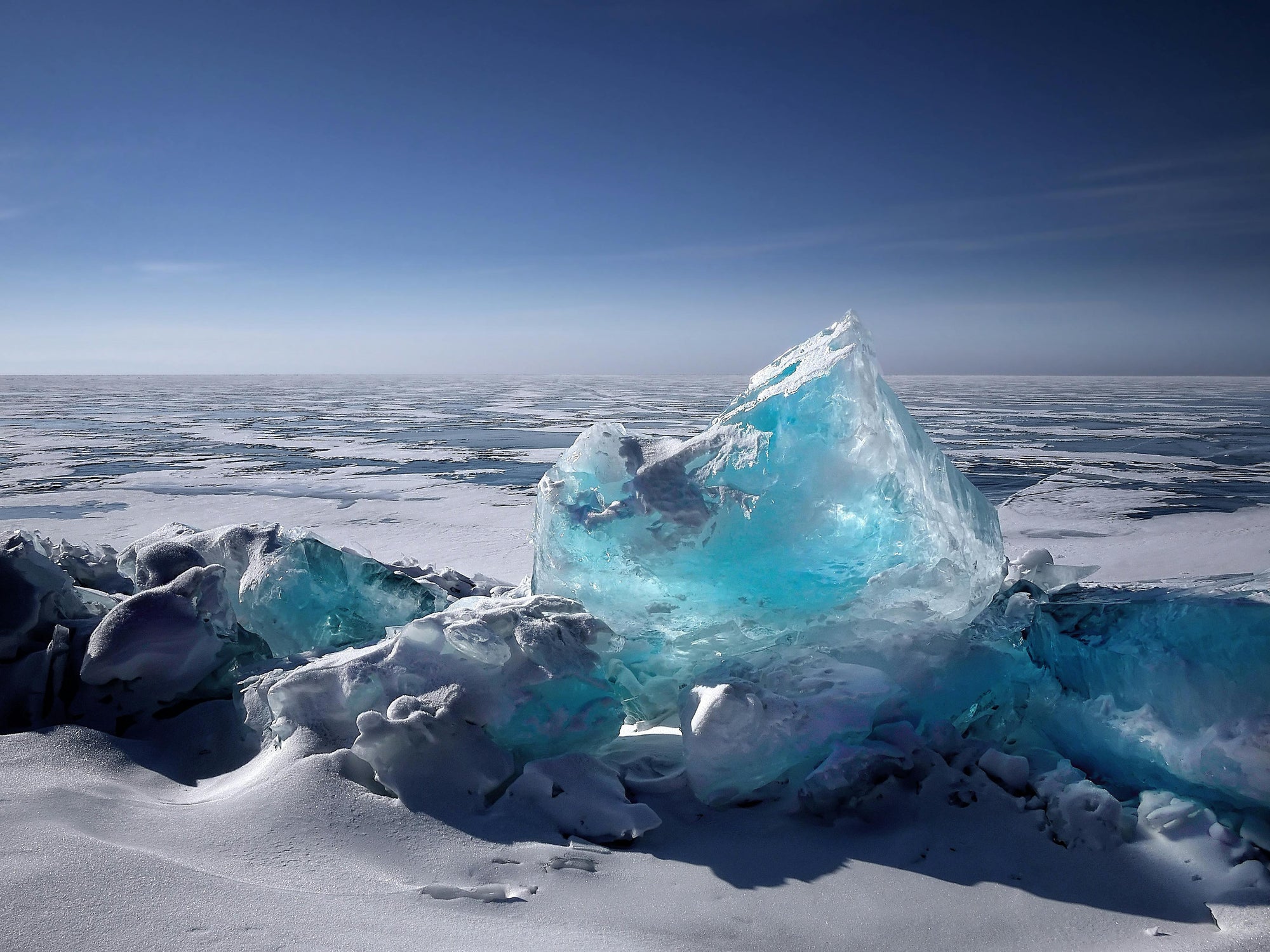
Introduction:
A Region on Thin Ice
At the top of the world lies the Arctic—a vast, icy ocean surrounded by continents. For thousands of years, it has helped keep Earth’s climate in balance, acting like the planet’s air conditioner. But today, the Arctic is changing—fast. Ice is disappearing, temperatures are rising, and ripple effects are being felt around the globe.
In this lesson, we’ll explore why the Arctic is melting so quickly, what that means for the climate, oceans, wildlife, and people—and why it matters to everyone, no matter where you live.
1. Arctic Amplification: A Warming Feedback Loop
The Arctic is warming nearly four times faster than the global average. This phenomenon is known as Arctic amplification, and it's mainly driven by changes in reflectivity—or albedo.
Here’s the chain reaction:
- In a healthy Arctic, thick white sea ice reflects much of the sun’s energy back into space.
- But as the planet warms, more of this ice melts during the summer.
- When the white ice disappears, it reveals darker ocean water that absorbs sunlight instead of reflecting it.
- That extra absorbed heat causes more ice to melt, continuing the cycle.
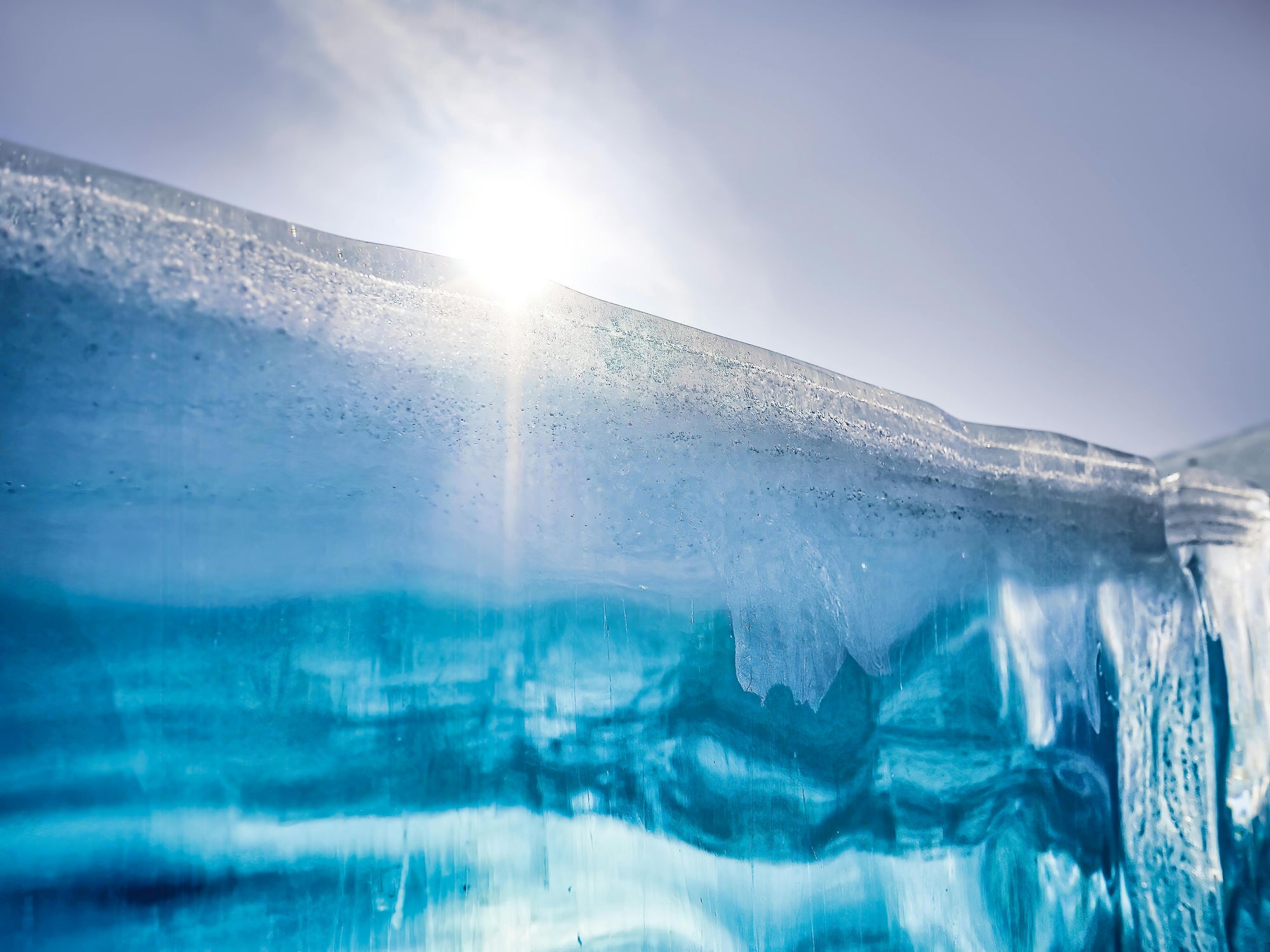
This feedback loop makes the Arctic extremely sensitive to climate change. It also means changes in the Arctic can happen faster and more intensely than elsewhere.
Did you know?
The Arctic has lost about 75% of its sea ice volume since 1979.
2. Sea Ice Loss: More Than Just Melting Ice
Sea ice loss refers to the long-term decline in both the extent (area covered) and thickness (volume) of sea ice in the polar oceans—especially in the Arctic. While some melting and regrowth of sea ice is natural with the seasons, scientists are observing that each year, less sea ice returns, and the ice that does form is thinner and more fragile than it used to be.
While it might seem like sea ice loss is just an issue for polar bears or remote Arctic coastlines, the effects are much more far-reaching.
Here are the impacts:
- Heat regulation: Sea ice plays a key role in stabilizing Earth’s climate by reflecting sunlight. Less ice = more heat absorbed = more warming.
- Ocean warming: As ice disappears, the exposed water heats up faster, which affects marine ecosystems and weather patterns.
- Habitat destruction: Many Arctic species rely on sea ice for survival. Polar bears use it as a platform for hunting seals. Walruses haul out on ice to rest. When it melts too early, they struggle to find food or safe places to live.
- Weather changes: The Arctic is connected to weather systems around the world. Scientists believe that warming in the Arctic is weakening the jet stream, a high-altitude air current that usually keeps weather patterns stable. This can lead to more heatwaves, prolonged cold snaps, stronger storms and floods.
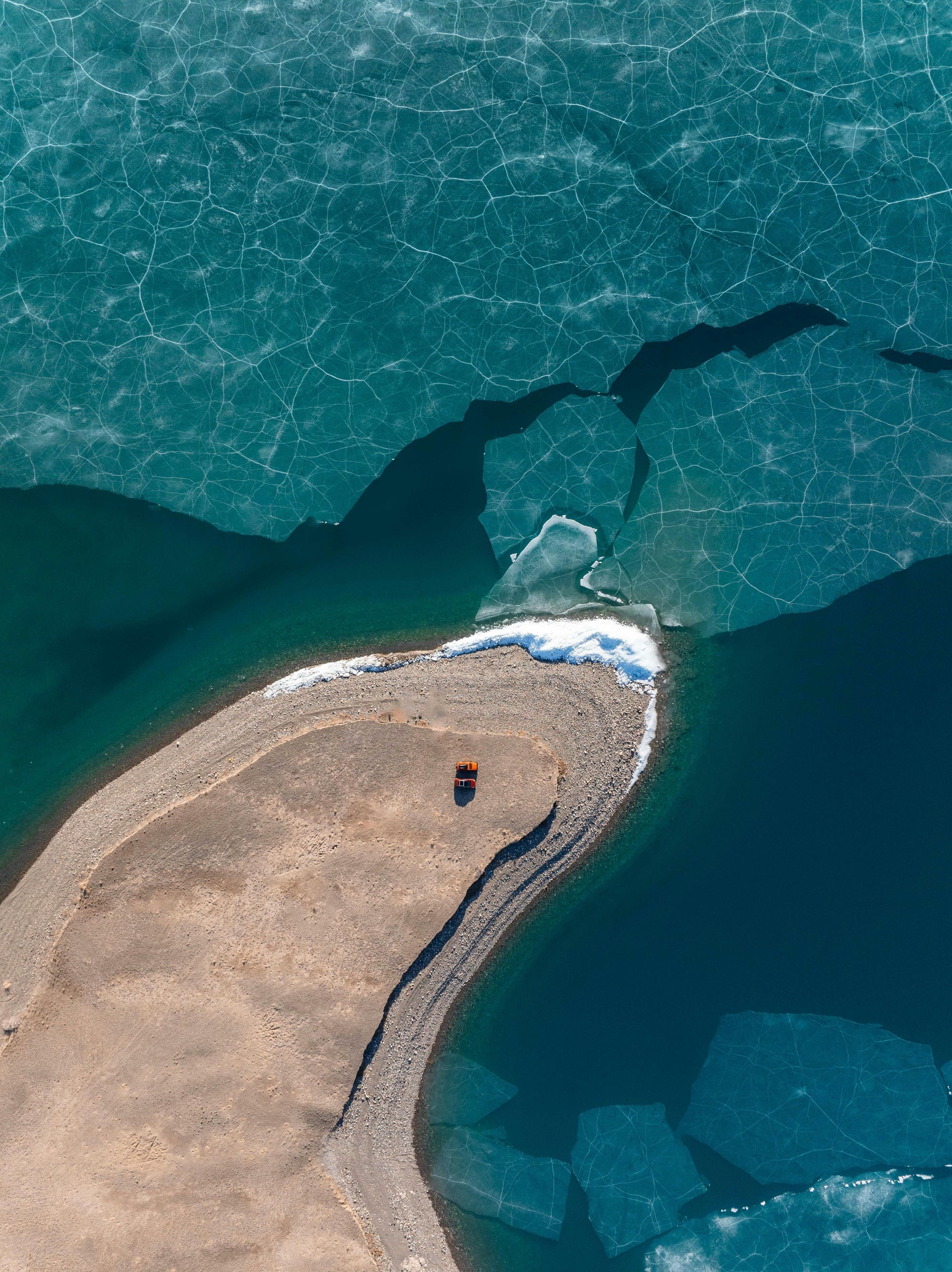
These are not just theoretical problems—they’re already happening, from unusually harsh winters in Europe to record heatwaves in North America.
Did you know?
Arctic sea ice reaches its minimum extent each September, and it’s shrinking by roughly 13% per decade.
3. Melting Land Ice: Rising Seas and Global Consequences
Glaciers form on land from compacted snow that accumulates over centuries. These slow-moving rivers of ice shape landscapes, store freshwater, and eventually flow into the sea.
Why Is This a Big Deal?
As the planet warms, both glaciers and ice sheets are melting faster than ever before. This meltwater runs into rivers, streams, and eventually into the ocean, causing global sea levels to rise—threatening coastlines, cities, and ecosystems.
Did you know?
If just 1% of the Antarctic Ice Sheet melted, it would raise global sea levels by about 60 cm (2 feet).
Conclusion
A Global Climate Tipping Point
The Arctic may seem far away, but it’s deeply connected to the rest of the world. The ice at the top of our planet helps keep global temperatures in check, stabilizes weather systems, and supports entire ecosystems.
As it melts, the balance is shifting—affecting coastlines, biodiversity, and communities everywhere. The good news? There’s still time to slow this process.
Reducing carbon emissions, shifting to clean energy, and protecting natural habitats can help preserve Arctic ice—and with it, the stability of our climate.
Key Takeaways:
The Arctic is warming faster than any other region due to a feedback loop known as Arctic amplification.
Melting sea ice changes how much heat the planet absorbs and affects weather, oceans, and animal habitats.
Melting land ice from Greenland and glaciers leads directly to sea level rise, threatening coastlines and disrupting global ocean currents.
What happens in the Arctic affects the whole planet—from the food we eat to the weather we experience.
NEXT LESSON
How Do Animals Like Polar Bears and Penguins Survive the Cold?
Next, we’ll dive into the wild adaptations that help Arctic and Antarctic animals thrive in freezing temperatures—from blubber to camouflage and more.
